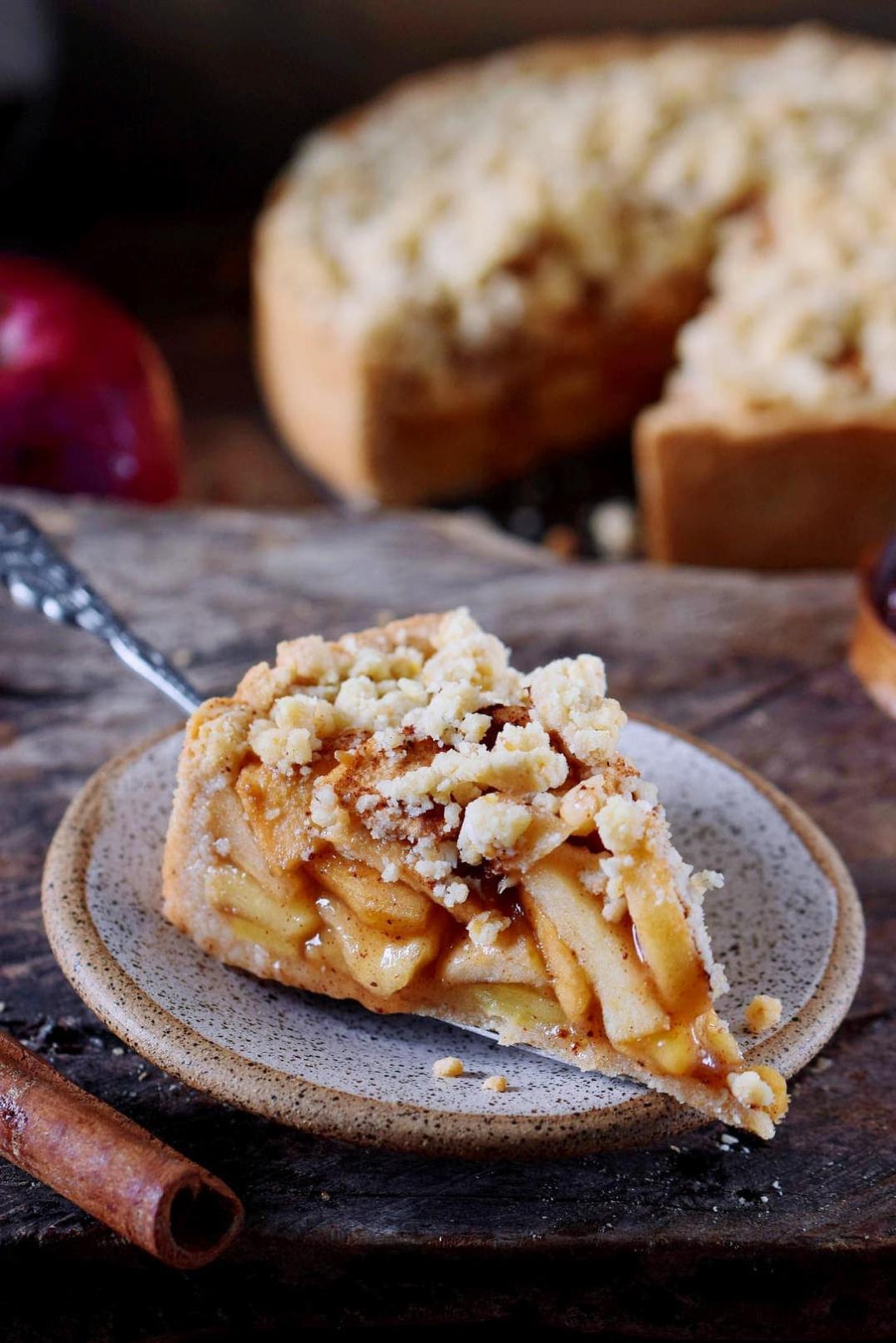How Can I Make Gluten-Free Pasta That Doesn't Turn to Mush?
Gluten-free pasta has become increasingly popular as more people adopt gluten-free diets. However, cooking gluten-free pasta properly can be a challenge, as it often turns mushy or lacks the texture of traditional pasta. This article delves into the intricacies of gluten-free pasta, providing insights into the challenges and offering practical solutions to achieve the desired texture and taste.

Understanding Gluten-Free Pasta
What Is Gluten?
Gluten is a protein found in wheat, rye, and barley. It provides elasticity and structure to dough, giving pasta its characteristic chewy texture.
Challenges Of Cooking Gluten-Free Pasta
- Absence of Gluten: Gluten-free pasta lacks the binding properties of gluten, making it prone to becoming mushy or falling apart during cooking.
- Different Cooking Behavior: Gluten-free pasta absorbs water more quickly than traditional pasta, requiring careful attention to cooking time and water ratio.
- Lack of Texture: Gluten-free pasta often lacks the firm texture of traditional pasta, resulting in a soft and mushy consistency.
Choosing The Right Ingredients
Selecting High-Quality Gluten-Free Pasta
The quality of gluten-free pasta plays a crucial role in achieving the desired texture. Look for brands that use high-quality ingredients and have a good reputation for producing pasta that holds its shape and texture during cooking.
Recommended Gluten-Free Pasta Brands
- Banza: Made from chickpeas, Banza pasta is high in protein and fiber, and it holds its shape well during cooking.
- Explore Cuisine: This brand offers a variety of gluten-free pasta made from brown rice, quinoa, and lentils, providing a range of flavors and textures.
- Jovial: Jovial pasta is made from organic ancient grains, such as einkorn and khorasan wheat, which are naturally lower in gluten and have a nutty flavor.
Gluten-Free Flours For Homemade Pasta
- Brown Rice Flour: A versatile flour that provides a slightly chewy texture to homemade gluten-free pasta.
- Quinoa Flour: High in protein and fiber, quinoa flour adds a nutty flavor and a firm texture to pasta.
- Almond Flour: A low-carb and gluten-free flour that adds a delicate flavor and a slightly crumbly texture to pasta.
Cooking Gluten-Free Pasta Properly
Detailed Instructions For Cooking Gluten-Free Pasta
- Use a Large Pot: Use a large pot to provide ample space for the pasta to cook without overcrowding.
- Salt the Water: Add a generous amount of salt to the boiling water before adding the pasta. This enhances the flavor and helps the pasta retain its shape.
- Cook for the Recommended Time: Follow the cooking instructions on the pasta package, but start checking for doneness a few minutes before the recommended time.
- Rinse Thoroughly: Immediately after cooking, rinse the pasta thoroughly with cold water to remove excess starch and prevent stickiness.
Preventing Mushiness
- Avoid Overcooking: Overcooking is the primary cause of mushy gluten-free pasta. Cook the pasta for the recommended time or slightly less to maintain a firm texture.
- Use a Strainer: Use a strainer or colander to drain the pasta immediately after cooking. This prevents the pasta from sitting in the hot water and becoming overcooked.
- Rinse with Cold Water: Rinsing the pasta with cold water immediately after cooking stops the cooking process and prevents the pasta from becoming mushy.
Enhancing The Taste And Texture Of Gluten-Free Pasta
Adding Flavor And Texture
- Use Flavorful Sauces: Gluten-free pasta pairs well with flavorful sauces, such as tomato sauce, pesto, or Alfredo sauce. These sauces add moisture, flavor, and richness to the pasta.
- Add Vegetables: Incorporate roasted or sautéed vegetables into your pasta dishes for added texture and nutrients.
- Use Herbs and Spices: Season your pasta dishes with herbs and spices to enhance the flavor. Garlic, basil, oregano, and chili flakes are popular choices.
Cooking Techniques
- Baking: Baking gluten-free pasta in the oven with a sauce creates a flavorful and crispy pasta dish.
- Roasting: Roasting gluten-free pasta with vegetables and herbs adds a smoky and caramelized flavor.
- Grilling: Grilling gluten-free pasta skewers with vegetables or protein provides a unique and flavorful meal.
Troubleshooting Common Problems
Addressing Common Issues
- Stickiness: If your gluten-free pasta is sticky, rinse it thoroughly with cold water after cooking and toss it with a small amount of olive oil to prevent sticking.
- Blandness: To enhance the flavor of gluten-free pasta, use flavorful sauces, add herbs and spices, or incorporate roasted vegetables into your dishes.
- Lack of Chewiness: Some gluten-free pasta brands may lack chewiness. Experiment with different brands or try making your own pasta using a blend of gluten-free flours.
Creating delicious gluten-free pasta that doesn't turn to mush requires careful attention to ingredient selection, cooking techniques, and flavor enhancements. By following the tips and suggestions provided in this article, you can enjoy gluten-free pasta dishes that are flavorful, texturized, and satisfying. Experiment with different brands, flours, and cooking methods to find the perfect gluten-free pasta experience that suits your taste and dietary needs.

YesNo

Leave a Reply